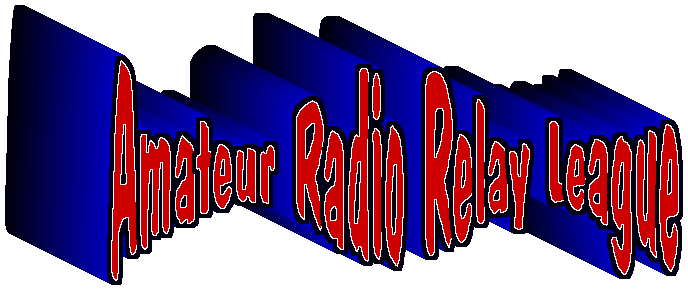

The American Radio Relay League (ARRL) is the national membership association for Amateur Radio operators. The League represents Amateur Radio interests to regulatory bodies, provides technical advice and assistance to Amateur Radio enthusiasts and supports a number of educational programs throughout the country. ARRL is a non-profit organization. The league is the official voice for amateur radio.
Hiram Percy Maxim was a 44 year old engineer and inventor. He had a 1 kW amateur station in Hartford, Connecticut. He wanted an Audion (an elementary form of radio tube developed in 1906) for his receiver and had some trouble finding one. Eventually, he found one for sale in Springfield, MA. Hartford is only 30 miles from Springfield, but Hiram's station could not cover the distance. He found a station halfway between the two cities that was willing to relay his offer to buy the radio. Hiram realized that an organization was needed to coordinate and standardize the procedures of relaying messages. He also realized that amateur radio operators would need someone to lobby for their interests at a national level.
On April 6, 1914, Hiram proposed the formation of the American Radio Relay League. The purpose of the league was to relay messages further than possible with the technology of that time. With the help of the Radio Club of Hartford, who contributed $50 and some volunteers, Hiram created an application form that explained the league's purpose and invited membership. The applications were sent to every known major station in the country. Hiram was an expert in public relations. By July, national magazines such as Popular Mechanics were writing favorable reports about the ARRL. Hiram also traveled to Washington, DC, to explain the ARRL to the Department of Commerce and the Commissioner of Navigation.
By September, 1914, there were 237 relay stations appointed, and traffic routes were established from Maine to Minneapolis and Seattle to Idaho. Realizing that long distances on 200 meters were not possible at that time, Hiram got the Department of Commerce to authorize special operations on 425 meters for relay stations in remote areas.
With the publicity came a rise in the number of amateur stations and relay stations in the league. By 1916, there were 6000 amateur licenses. The league's emphasis was on the word relay. ARRL stations were expected to handle traffic on the 6 Main Trunk Lines (3 North/South and 3 East/West) that served more than 150 cities. The general population loved the idea of coast to coast free messages. To deal with the increasing number of relay stations, the league started a magazine exclusively dealing with amateur radio, called QST.
Anyone interested in Amateur Radio is welcome to join the American Radio Relay League. Only licensed radio amateurs of the US qualify for full voting membership. When you become a member you receive a subscription to QST, Technical Information Service, ham radio equipment insurance, outgoing QSL service, ARRL Field Organization, operating awards, and much more. Today there are more than 175, 000 members.
|
|
![]()
![]()
Questions? Comments? E-mail
me ![]() at
Portalis@hotmail.com
at
Portalis@hotmail.com